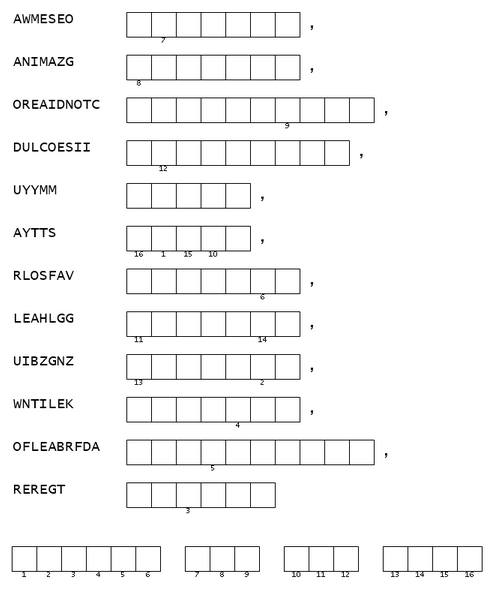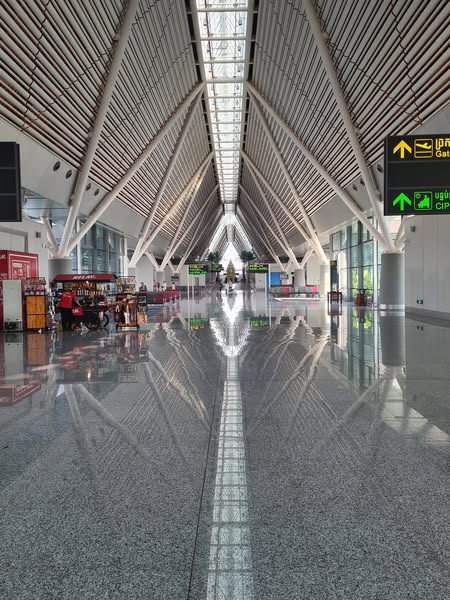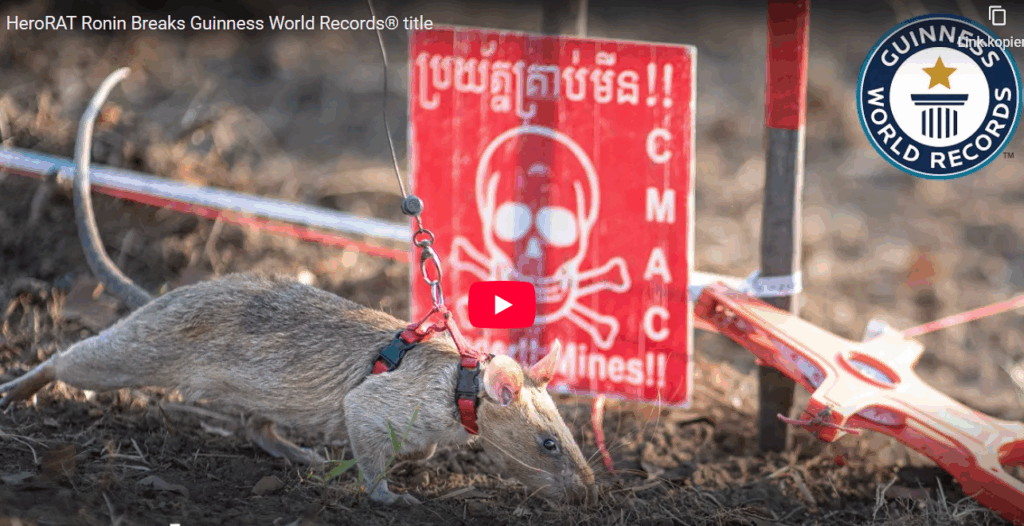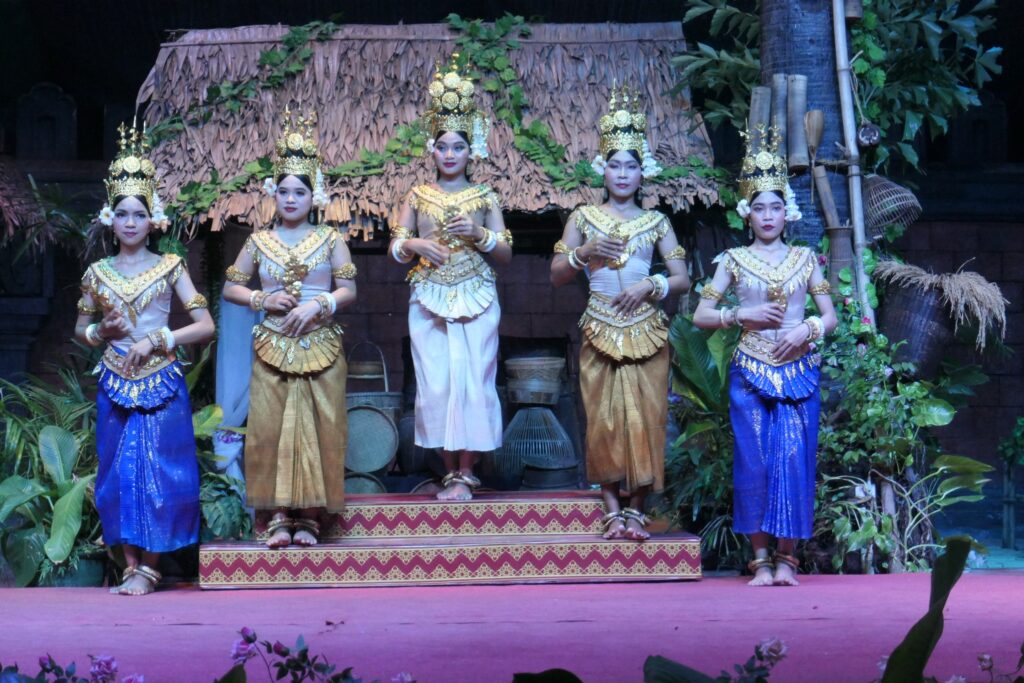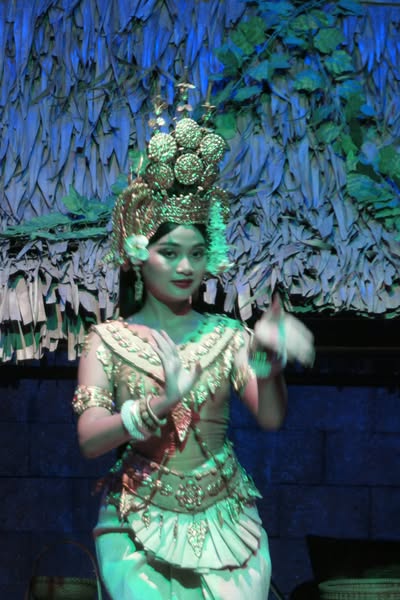a guest approaches you at the front desk, he asks you if you’ve information on Bangkok, what you think about the city.
Bangkok is a super cool place for tourists to visit! It’s the capital city of Thailand, which is in Asia. There are so many fun things to do and see there.
First off, Bangkok is famous for its awesome temples, like Wat Arun and Wat Pho. These temples are super old and really beautiful. You can see amazing statues and colorful decorations. It’s like stepping into a different world!
And guess what? Bangkok is also a paradise for food lovers! You can find delicious street food everywhere. From yummy noodles to tasty mango sticky rice, there’s something for everyone. Plus, the flavors are out of this world!
If you like shopping, Bangkok is the place to be. There are huge markets like Chatuchak Weekend Market where you can buy anything you can imagine. Clothes, souvenirs, you name it! And don’t forget to haggle for a good deal.
But that’s not all! Bangkok has a buzzing nightlife scene too. There are tons of cool bars and clubs where you can dance the night away. And if you want to relax, you can take a cruise along the Chao Phraya River and see the city lights twinkle.
Lastly, Bangkok is super affordable, which means you can have an amazing time without breaking the bank. So if you’re looking for adventure, delicious food, shopping, and fun, Bangkok is the place to go! Trust me, you won’t regret it!
_________
Definitions:
1. **Capital city**: The most important city in a country where the government is located.
2. **Awesome**: Really great or fantastic.
3. **Amazing**: Something that is very impressive or surprising.
4. **Decoration**: Things that make something look pretty or nice, like ornaments or designs.
5. **Delicious**: When food tastes really good and makes you want more.
6. **Yummy**: Another way to say food tastes really good and you like it a lot.
7. **Tasty**: Food that has a nice flavor and is enjoyable to eat.
8. **Flavors**: Different tastes that you can experience when eating food, like sweet, salty, or spicy.
9. **Haggle for a deal**: To negotiate or argue with someone to get a better price when buying something.
10. **Buzzing**: When a place is full of energy and activity, like a busy street or a lively party.
11. **Twinkle**: When small points of light shine or sparkle, like stars in the sky.
12. **Affordable**: When something doesn’t cost too much money and is within your budget.
13. **Regret**: Feeling sad or sorry about something you did or didn’t do, wishing you could change it.
###################
###################
Find the correct words in the text. What are the words we are looking for?
